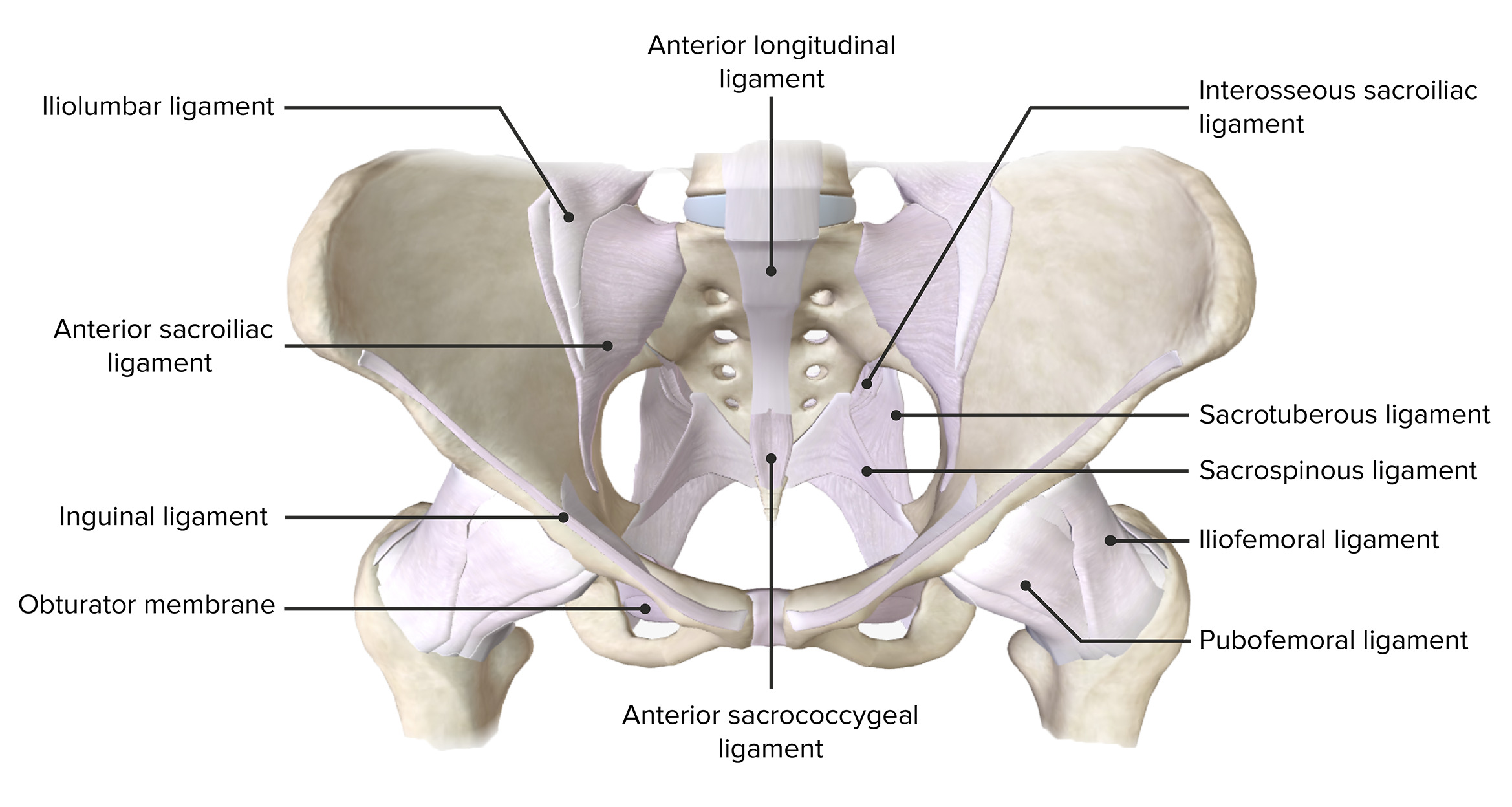Playlist
Show Playlist
Hide Playlist
Autonomic Innervation of the Abdominopelvic Region
-
Slides Autonomic Innervation of the Abdominopelvic Region.pdf
-
Download Lecture Overview
00:01 In this topic, we're going to have a look at the autonomic nerves of the abdominopelvic organs. 00:07 So let's first of all start off by introducing ourselves to the various nerves, specifically the autonomic ones, but contrast them to the somatic nervous system that has an impact within this region as well. 00:19 So, remember the principles behind the somatic nervous system. 00:23 This is conscious, voluntary control of body movements and some involuntary reflex arcs. 00:29 So, in terms of the abdomen, we're looking at the anterior abdominal wall musculature, where we have those somatic nerves controlling rectus abdominis, for example. 00:40 We also have the involuntary control of our viscera, by way of the sympathetic and parasympathetic divisions of the autonomic nervous system. 00:50 So let's start by having a look at some basic definitions of the autonomic nervous system. 00:56 So, let's start by looking at the sympathetic nervous system. 00:59 Now, if your autonomic nerve leaving the central nervous system from, say, the spinal cord. 01:05 If you're going to leave between T1 and L3, you're going to be a sympathetic nerve. 01:11 And the sympathetic nervous system is associated with the fight or flight response. 01:16 So make sure blood passes to the peripheral parts of your body, your muscles, your skin to enable you to be very active and move around as if you're running away from a lion. 01:28 Blood going to your heart and your lungs to increase respiration. 01:32 Conversely, if the parasympathetic nervous system is very much characterized as rest and digest. 01:37 It leaves from the brainstem, typically via the vagus nerve, and also from the sacral aspects of the spinal cord. 01:44 And this prevents blood passing all the way to the muscles on the peripheral of the body, but actually diverts that blood to your gastrointestinal tract. 01:53 So it helps you to digest the food that you've eaten, to build up stores, which the sympathetic nervous system can then utilize. 02:01 Now, in principle, if you have an autonomic nerve, and you're passing from the central nervous system, to the target organ, whatever that will be a hair cell on your skin, or a gland within the stomach, then you take two neurons. 02:15 And these are known as preganglionic and postganglionic neurons. 02:20 Now, they are very different in character. 02:23 Preganglionic neurons for the sympathetic nervous system are relatively short. There are some exceptions to that. 02:31 But they're important in that they don't travel all the way to the target organ. 02:36 They will stop and form a ganglion, a connection with their postganglionic fiber away from the target organ. 02:45 This is in contrast to the parasympathetic nervous system. 02:48 The parasympathetic nervous system still contains two fibers, a preganglionic, a postganglionic. 02:55 But the preganglionic fiber will pass all the way to the target organ, before its synapses, and gives rise to a very short postganglionic fiber. 03:06 So sympathetic, short - pre, long - post. 03:11 Parasympathetic, long - pre, short - post. 03:16 And we can see these in this very simple diagram here. 03:20 We can see the preganglionic fiber is going to leave the spinal cord wherever it is sympathetic or parasympathetic. 03:28 And it's going to pass towards its target organ by way of a two neuron relay.
About the Lecture
The lecture Autonomic Innervation of the Abdominopelvic Region by James Pickering, PhD is from the course Lymphatics and Nerves of Abdominopelvic Region.
Included Quiz Questions
What is a function of the somatic nervous system?
- Involuntary reflex arc
- Involuntary control of viscera
- Sympathetic response
- Parasympathetic response
Which region of the spine controls the sympathetic nervous system?
- T1-L3
- C1-C5
- Craniosacral
- Craniolumbar
- L1 - S3
Customer reviews
5,0 of 5 stars
| 5 Stars |
|
5 |
| 4 Stars |
|
0 |
| 3 Stars |
|
0 |
| 2 Stars |
|
0 |
| 1 Star |
|
0 |





